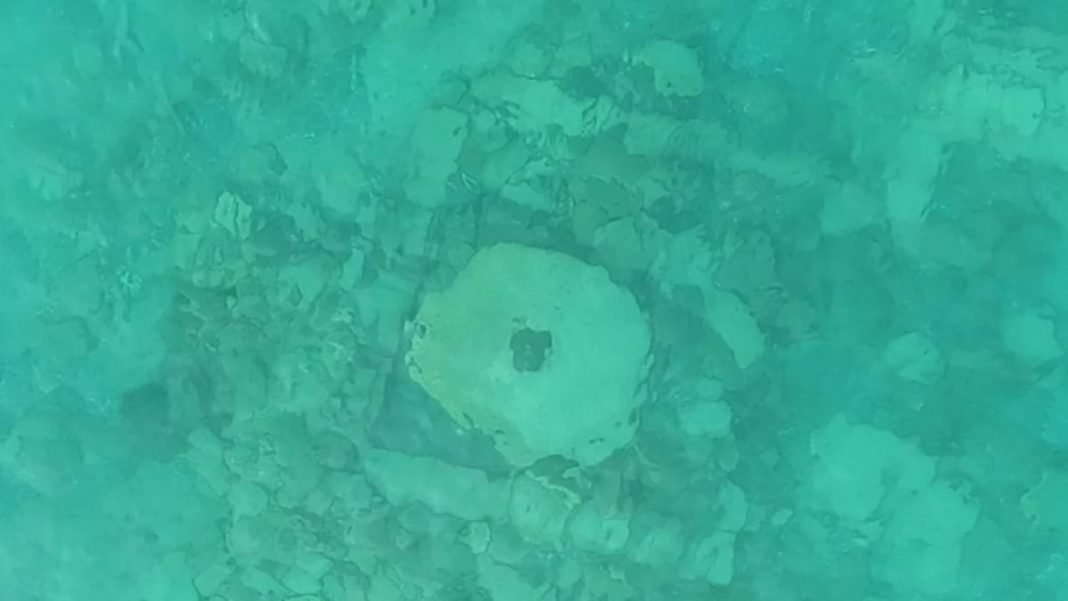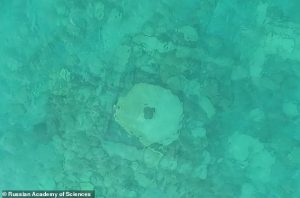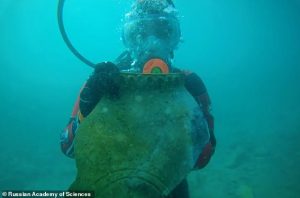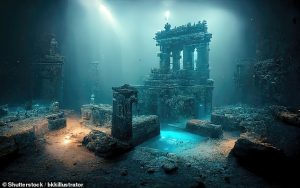Key Takeaways
- Archaeologists discovered a submerged medieval city beneath Lake Issyk-Kul in Kyrgyzstan
- The city was a major Silk Road trading hub destroyed by a 15th-century earthquake
- Findings include brick structures, burial grounds, and evidence of Islamic civilization
Scientists have uncovered what appears to be a real-life Atlantis – a submerged medieval city beneath Kyrgyzstan’s Lake Issyk-Kul. The discovery reveals an important Silk Road trading settlement lost to a catastrophic earthquake in the 15th century.
Russian and Kyrgyz researchers found the ancient city at remarkably shallow depths of just 3-13 feet near the lake’s shoreline. The underwater ruins include fired-brick structures, a medieval necropolis, large ceramic vessels, and evidence of public buildings that likely served as mosques, bathhouses, and schools.
The Lost City of Lake Issyk-Kul
Expedition leader Valery Kolchenko described the site as a ‘city or a major trading hub’ that met a tragic fate comparable to Pompeii. ‘According to our assessment, at the time of the disaster, the residents had already left the settlement,’ Kolchenko stated.
The city was part of the rich medieval settlement civilization that flourished along the Silk Road. Archaeological evidence shows it contained Muslim prayer houses, educational institutions, bathhouses, and possibly a grain-milling operation.
What Researchers Discovered
At the flooded Toru-Aygyr complex, archaeologists surveyed four underwater zones revealing:
- Fired-brick structures including one with a millstone for grinding grain
- Collapsed stone structures and wooden beams
- A 13th-century Muslim necropolis with traditional Islamic burial practices
- Round and rectangular mudbrick structures
The Russian Geographical Society, which funded the project, confirmed that ‘all this confirms that an ancient city really once stood here.’
The Tragic End of a Civilization
The city met its demise through a ‘terrible earthquake’ at the beginning of the 15th century. Kolchenko noted that ‘after the earthquake disaster, the region’s population changed drastically, and the rich medieval settlement civilization ceased to exist.’
Nomadic people eventually replaced the sophisticated urban civilization, and today the shoreline is dotted with small villages. Samples from the site have been sent for accelerator mass spectrometry dating to determine the precise age of the organic materials.
About Lake Issyk-Kul
Lake Issyk-Kul is an enormous saline lake in the western Tianshan Mountains with a maximum depth of 2,192 feet, making it the world’s eighth-deepest lake. The mysterious lake has no known outflow, though some experts believe it connects to a local river via underground channels.
The lake has risen dramatically since medieval times, explaining why the ancient ruins now lie underwater. The discovery adds to our understanding of and medieval Central Asian civilizations.









